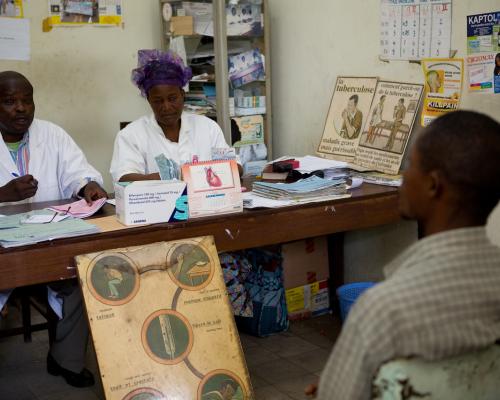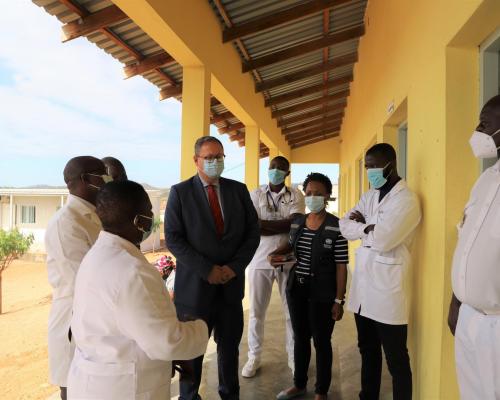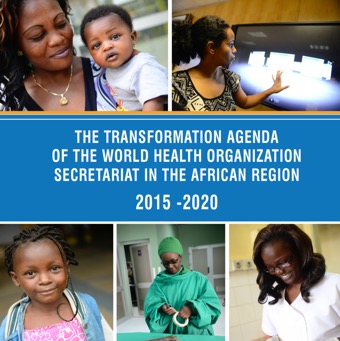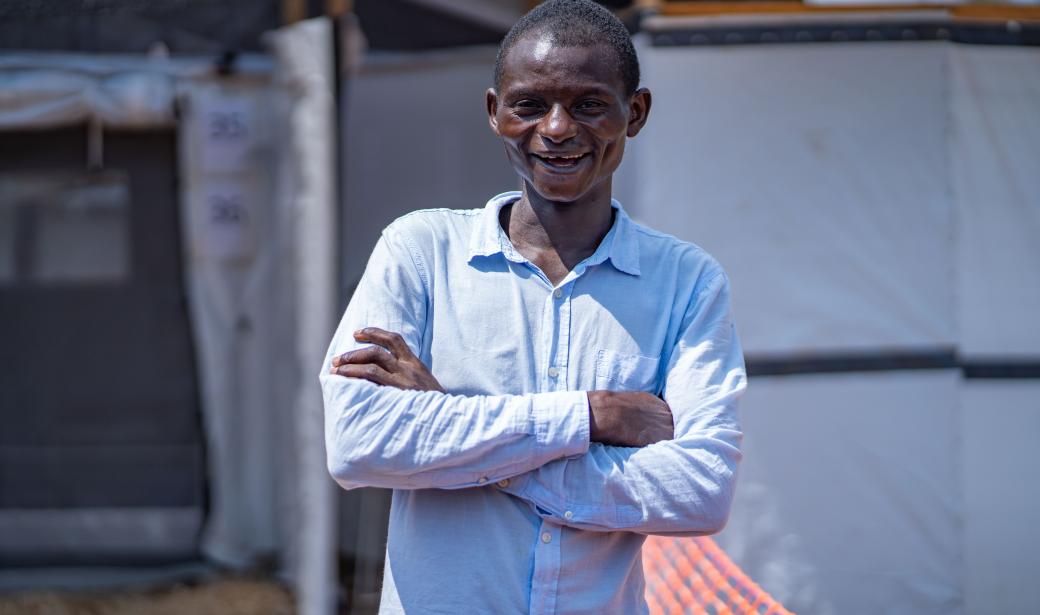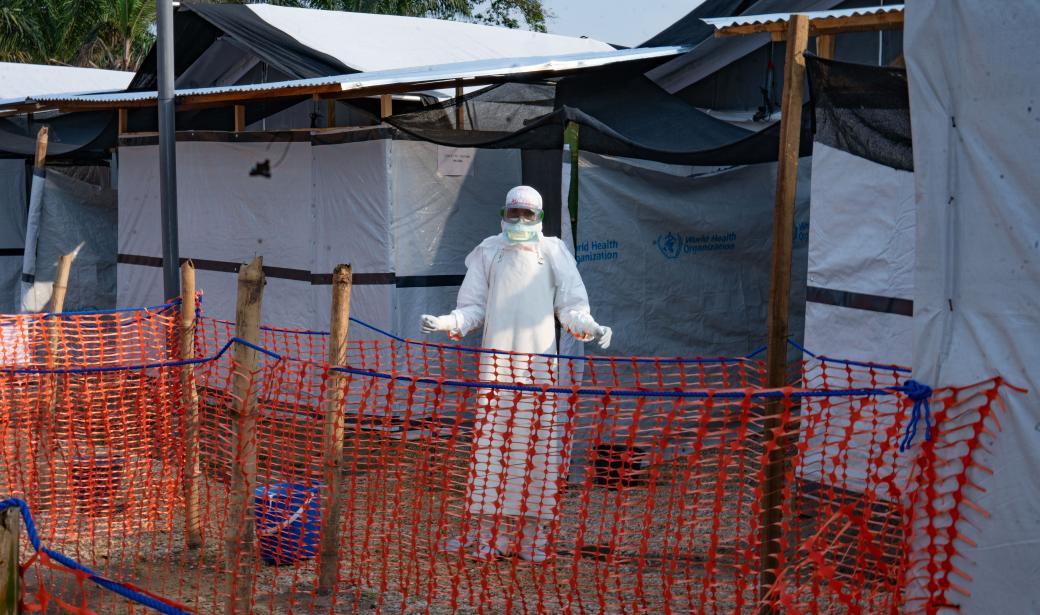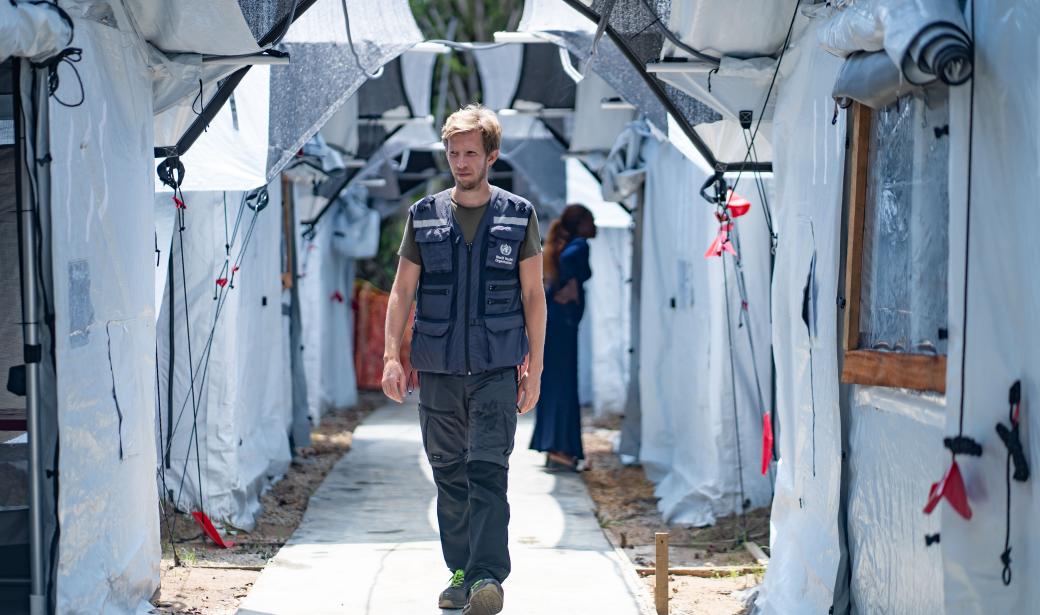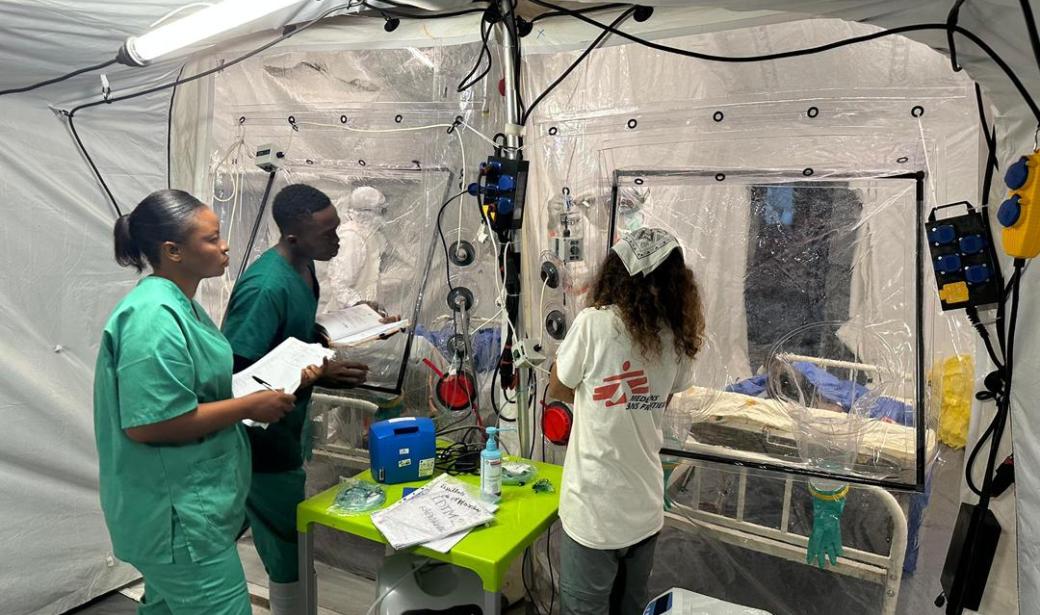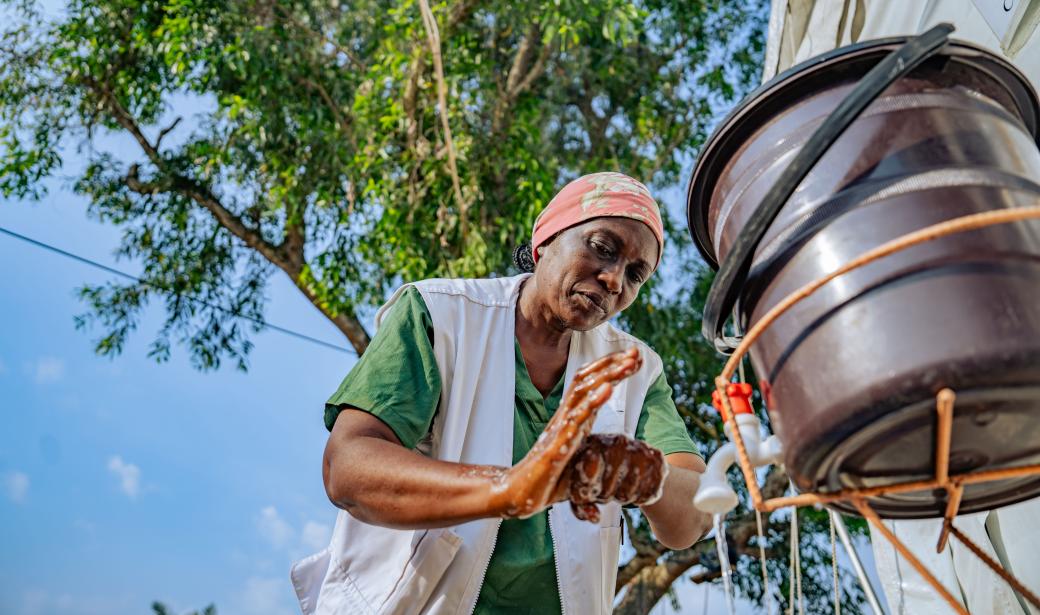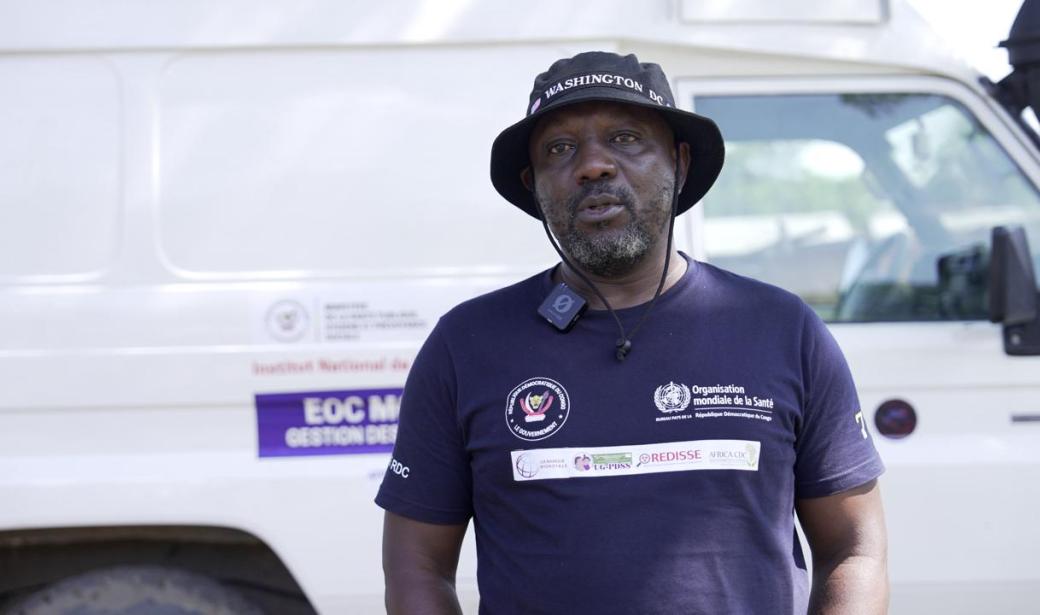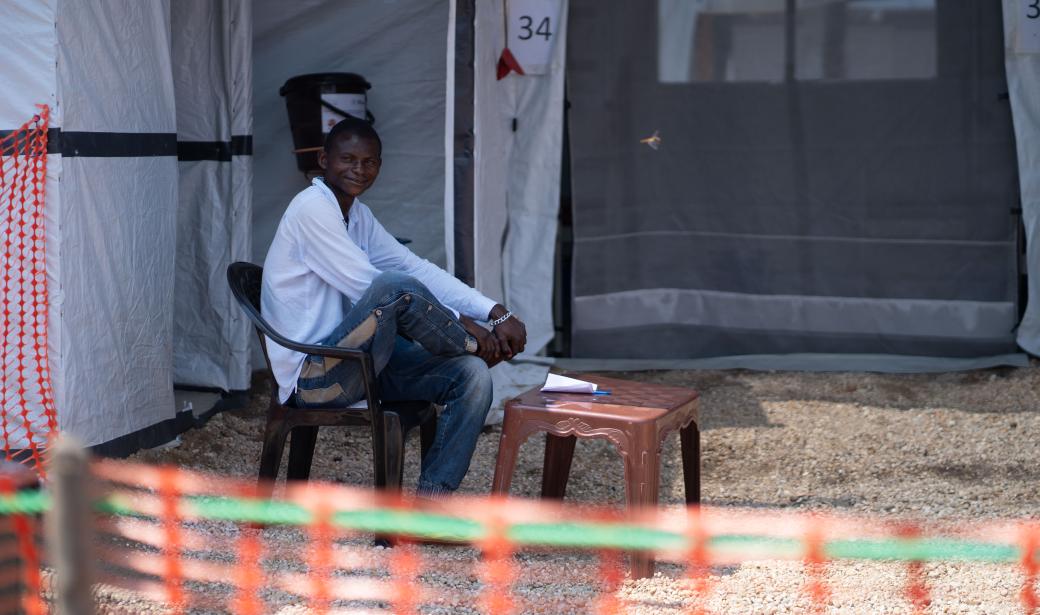Bulape – A newly-established Ebola treatment centre in Bulape health zone has significantly bolstered clinical care and the overall response by the health authorities in the Democratic Republic of the Congo to end an outbreak of the virus declared in Kasai Province on 4 September 2025.
Operational since 9 October, the 32-bed treatment facility was designed to ensure high standards of infection prevention and control for the safety of both patients and health care workers.
World Health Organization (WHO), Médecins Sans Frontières (MSF) and partners supported the establishment of the treatment centre to help the Ministry of Health to not only strengthen treatment capacity, but to also reinforce community trust in the fight against Ebola virus disease.
“Here, I have seen the nurses who come to treat me, unlike at the old treatment centre where we couldn’t even see the caregivers. And since I have a wife and children, it was very hard not being able to see them. Now it’s different. I’m happy I can see them, even if it’s from a distance," he says. “Back there, at the old site, there were five of us in one room. Here, each person has their own room with a toilet. It’s so much better — you feel dignified and well cared for.”
Construction began on 19 September and was completed in just 10 days. The centre comprises 14 tents, each equipped with private rooms to ensure patients’ privacy and dignity.
They feature patient monitoring facilities that enable closer care without putting medical staff at risk.
“This new Ebola treatment centre incorporates major innovations: the IDTM (Infectious Disease Treatment Module) for more humane and higher-level care, and a ‘patient liner’, which provides individual rooms while ensuring constant visibility for patients in the low-risk area,” explains Michele Di Marco, coordinator of the WHO Téchne, OSL.
“Words matter. We no longer talk of ‘cases’, but about patients. We no longer talk about ‘isolation centres’, but about treatment centres. The aim is to enhance the safety, effectiveness and dignity of care during health emergencies.”
It is also equipped with an innovative water, sanitation, and hygiene system, featuring a permanent storage capacity of over 20 000 litres of water, continuously supplied from a protected source located 1.2 kilometres’ from the site.
“Work has become much smoother. The separation between the ‘green zone’ and the ‘red zone’ is clearly marked, which allows us to perform certain tasks—such as taking vital signs or interacting with patients—from the green zone without always having to enter the red zone in full personal protective equipment," says Dr Mamie Banza, the physician in charge of medical care. “This setup improves our comfort, reduces exposure and enables us to provide better care to patients.”
The ongoing outbreak is the third in which Dr Banza is involved. “With each outbreak, I learn and grow. I enjoy evolving with the world, because Ebola response has also evolved and I feel a deep sense of pride in saving lives.”
“The goal is to preserve the existing infrastructure and gradually shift it into a reinforced structure capable of serving the region sustainably.”
"I will ask those around me to listen to what the health workers are telling us and to put it into practice. Ebola is very real, but the good news is that it can not only be prevented, but also cured," Elie said solemnly. "I am confident that I will soon be discharged from the treatment center."
Communications Officer
Regional Office for Africa
Email: lawsonagbluluf [at] who.int (lawsonagbluluf[at]who[dot]int)
Chargé de communication
OMS - République Centrafricaine
Email : ifonor [at] who.int (ifonor[at]who[dot]int)
